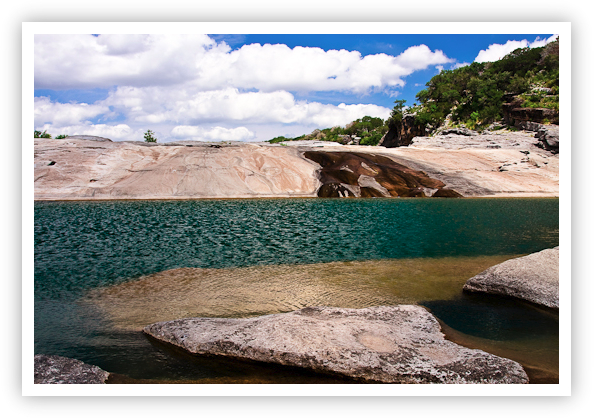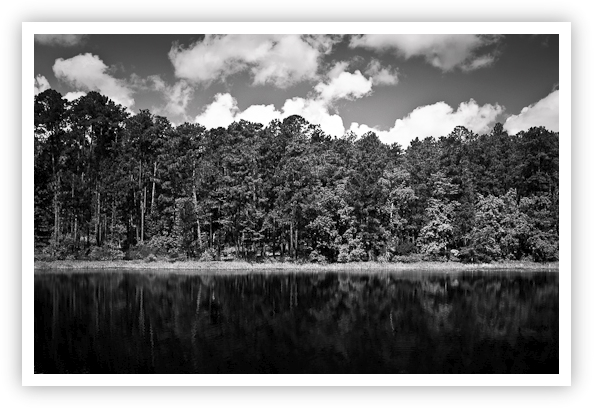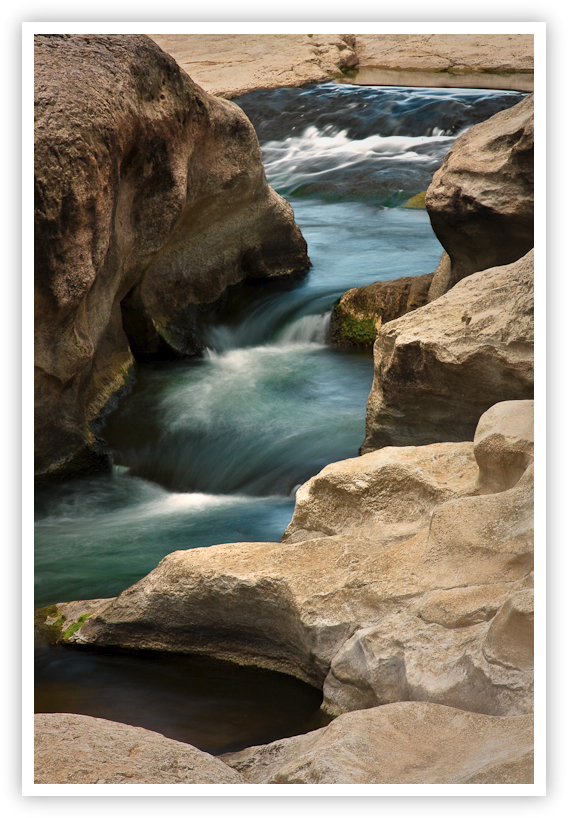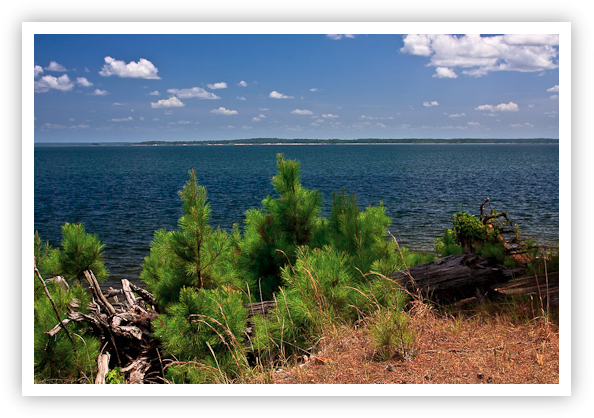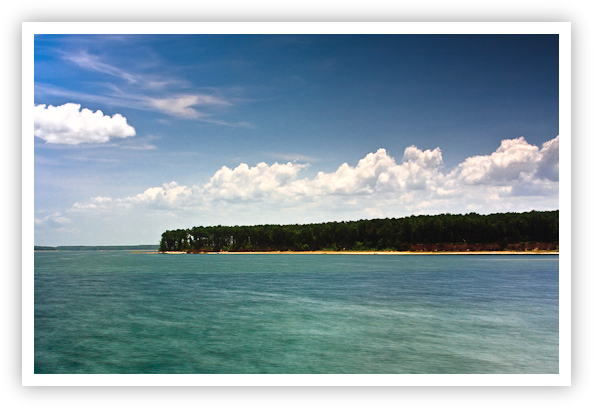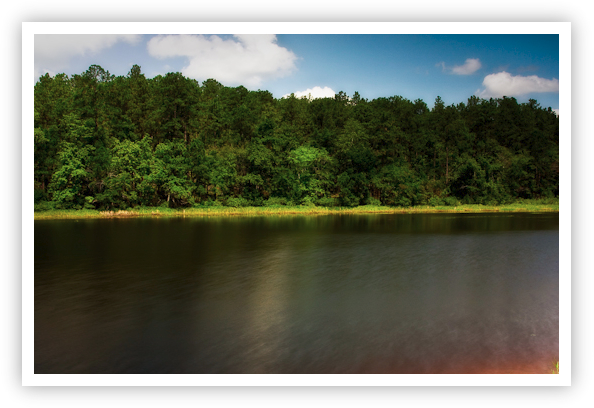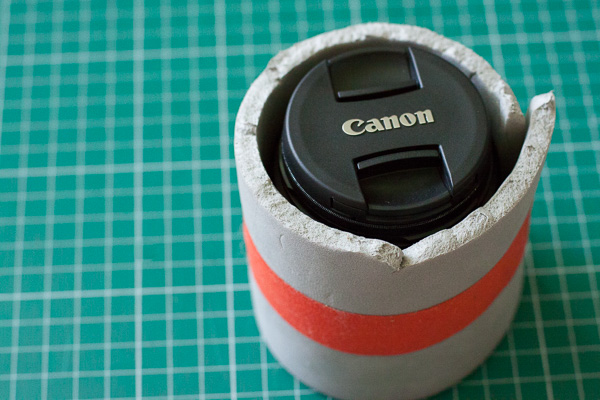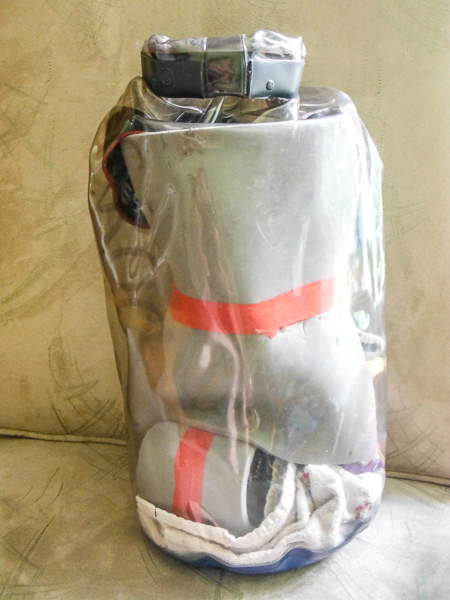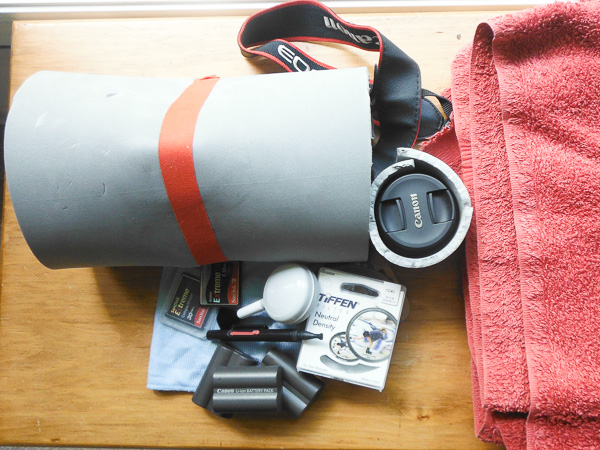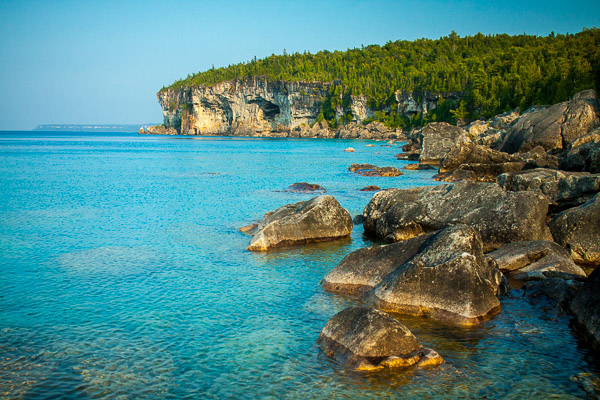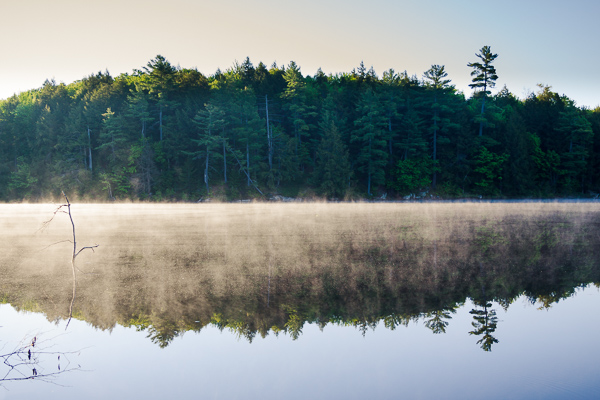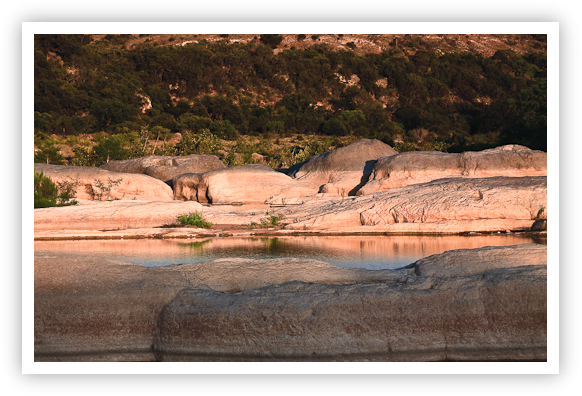
Pick up Oded's new Snapn Guide (a dPS sister company) Snapn Travel here for only $7. A lifetime of travel memories in a Snap. Traveling is fun and rewarding, but sharing memories of your journeys with friends, family and the world through your own beautiful images can be even better. Especially rewarding are images of the interesting people you meet along the way, because creating travel photography portraits can be an amazing addition to your portfolio. But, if taking pictures of strangers while interacting with them makes you uneasy, maybe even feeling a bit of fear? GOOD! Then this article is for you.
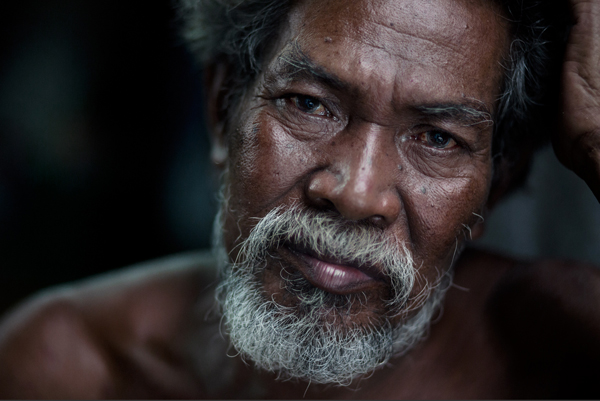
The world of photography is divided between two groups of people: those who enjoy creating portrait photography and those who do not. Through discussion with my own students I have realized that only about ten percent of those who avoid portrait photography actually do not like it. The remaining ninety percent, so I discovered, are hiding, deep down inside, a photographer who really desires to shoot portraits, especially when he or she travels to interesting and distant places, meeting people from other cultures. But it is not that easy. Let's be honest, sometimes it's super hard. So what we do is we wrap ourselves with excuses like: "I do not feel comfortable with this","I do not want to invade a person's privacy" and as the "golden excuse" we used that one story of someone who shouted at us at some market in Morocco.
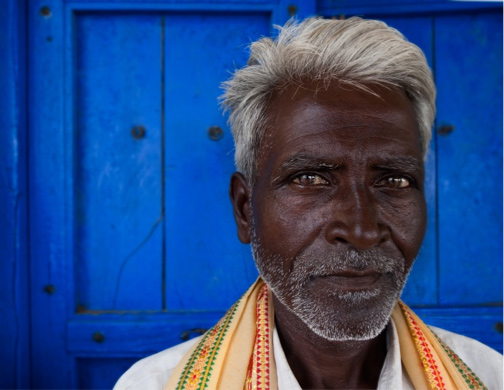
First, from my experience, getting yelled at (and all kinds of other problems) only starts when you take photos of someone from a distance and they catch you in the act.
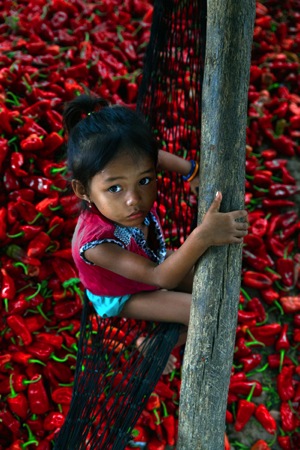
But here is another fact: there is nothing like photographing someone from a close distance. The eyes, the feelings and the huge visual story potential within. Besides, when we work from a close distance while interacting with the person, we gain control of our tools as photographers: composition, background, the "decisive moment" and we also have that amazing ability to tell the photographed person: "you know what, let's take one more shot". In 99% of my travel photography work with magazines, I photograph portraits from a close distance, without hiding myself or hiding the fact I am taking a photo. Now, some will say that when a person sees a camera, it affects the authenticity of the moment. I will address this issue later.
First rule: tell, do not just show
This is the # 1 mistake of bad travel photography: trying to show a story, instead of telling it. Creating a diary instead of evoking feelings. Here is the unpleasant truth; apart from our family and close friends, no one cares where we travel and who we meet along the way. If you want to succeed in exciting your viewers, you need turn to a different approach.

Before the digital era, it was enough if you traveled to the other side of the world and came back with images of people from some exotic tribe. You know, those "colorful" images, of people with a bone stuck in their nose. Today, when almost every corner of our planet has been photographed, this is not enough anymore and we have to return to the basics; to that one element that hasn't changed since the beginning of time - a story. We are just obsessed with stories. A person is not only clothes, a Cuban cigar or colorful sari; a person is an entire story. A story is a complex thing to create, so for the first step I will ask that your images be able to answer this question: how does the person in the image feel? Is it a comedy or a tragedy? Has he just finished a day of hard work or is he enjoying a vacation? Look at the person's body language and listen to his voice. Try to convey the type of feeling you had while meeting this person.

Choose the right equipment
Remember the following equation - if you have a telephoto lens, you will to use it, because that is the easiest way of shooting people, from a distance. Instead, go with a wide lens (up to 50 mm for full frame, 35mm for cropped sensor). Also, try to avoid complicated and sophisticated equipment like flash and tripods. This will attract unwanted attention in the streets and you will be busy handling the gear instead of focusing on the story in front of you.
Read about the culture
Yes, in India they wear sari and in Cuba they smoke cigars. To get a more in-depth story of the culture, you have to learn about it first. Prior to your trip, do a brief study of the place you are about to visit. View images, read material and mainly, answer important questions like:
- How will people react to the camera?
- Do I need to pay for taking a picture?
- Are there things that I should not photograph?
In order to answer these questions you can ask someone who visited the destination or look for information on the web. If you do not know anything about the culture, you will fall into the cliche of photogenic tourist traps. But if you come with knowledge, it will affect your photography. My editor at the National Geographic Traveler magazine calls this "photographic intelligence". Go the extra mile and read about the history of the place, the religious system, the food and the local music, which leads me to our next tip.

Use the local music to your advantage
Recently I photographed a story on the Dominican Republic. It was the first time I worked on this side of the world and suddenly I felt as if I almost forgot how to take pictures. I did not approach anyone and at first, my photography did not come out well at all. So, I just listened to some local music on my headphones. I do not recommend staying with headphones all the time, because it cuts you off from the environment. But for the first day, it's a great tip; it puts you in the groove and makes you feel good. In conclusion, on the first day of your trip, do not trouble yourself with approaching strangers. Relax, listen to the local music, get into the groove and warm up with easier image making: buildings, landscape, food, etc.

Get outside when the lighting is right
The meaning of "Photography" is drawing with light. Even the most photogenic person will not look good in unsuitable light. There are no rules about lighting, no "good" or "bad". There is appropriate and inappropriate lighting, because light has varying qualities: color, direction, strength, softness, etc. According to most photographers, the best light for most situations is within the "golden hours": around sunrise and sunset. If this is your first time approaching people in order to photograph them, let the light be on your side. Try adjusting the correct time to go outside. If you cannot control the time (like when on an organized tour) try to photograph people in the shade.

Force yourself - get out of your comfort zone
After a day of listening to the local music, getting the groove and warming up with easy shots, it is time to start working. Do not delay it, even if it is very hard for you. Just fake it until you make it:

Choose: choose a person you would like to photograph. Don't use excuses like: "I can't find anyone special". Just make the shot, even if it's only for practice. It is very important that you choose a person who is not on the move, because you need to get ready BEFORE approaching him, so it will be easier in a static situation (a seller in market stand, or someone relaxing at the park)- Get ready: know your lens and exposure. Think about the composition and background.
- Approach: ask the person if you can take their photo. You can ask verbally or just by lifting the camera and smiling, waiting for a smile back.
- Explain: it doesn't matter if you are in NYC or Tibet; people want to know why you are taking their photo. You can tell them how much you liked their shop, pet, hair, etc., or just mention that you like portrait photography and you would like to take their photo. Usually this kind of good feedback will be enough.
Now, you might get a NO for an answer. That's okay! Say "thank you" and then just "get back on the horse", move on to the next person. You might get a YES. That's wonderful! Relax, think about the framing and make the image.

So what about the authenticity of the moment?
It's True. Usually when a person is asked to be photographed, they will put on a "mask". You can call it their pose. Sometimes this pose might be the thing you are looking for. When photographing two men for a story I did in India for the National Geographic Traveler magazine, that pose (image below), which is so typical for the Rabari tribe men, was perfect for the story I wanted to tell.

If you don't want the pose, my solution - give your subject time and space. Do not stop him or her from making that pose. Give them a positive feedback and show them how nice the first photo came out. From my experience, after a minute or two, the masks fall. That is because someone eventually will enter your subject's shop, or they will receive a phone call or anything that might make your subject forget you are still there. This is the moment of magic. This is when the best pictures happen.
Pick up Oded's new Snapn Guide (a dPS sister company) Snapn Travel here for only $7. A lifetime of travel memories in a Snap

- Learn how to bring the emotion of your trip home with you, not just a memory card.
- Become a travel photographer instead of a photographing traveller.
The post Overcoming the Fear - Creating Better Travel Photography Portraits by Oded Wagenstein appeared first on Digital Photography School.
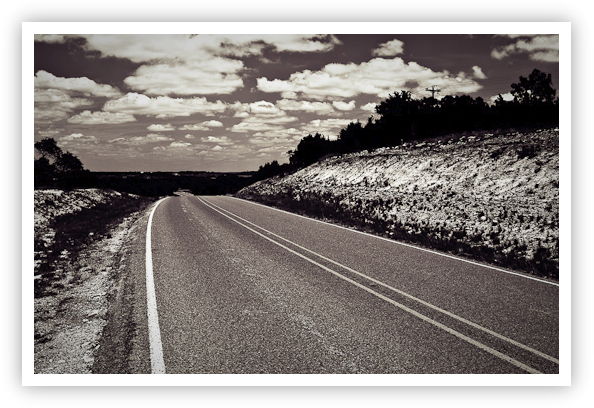
![]()
